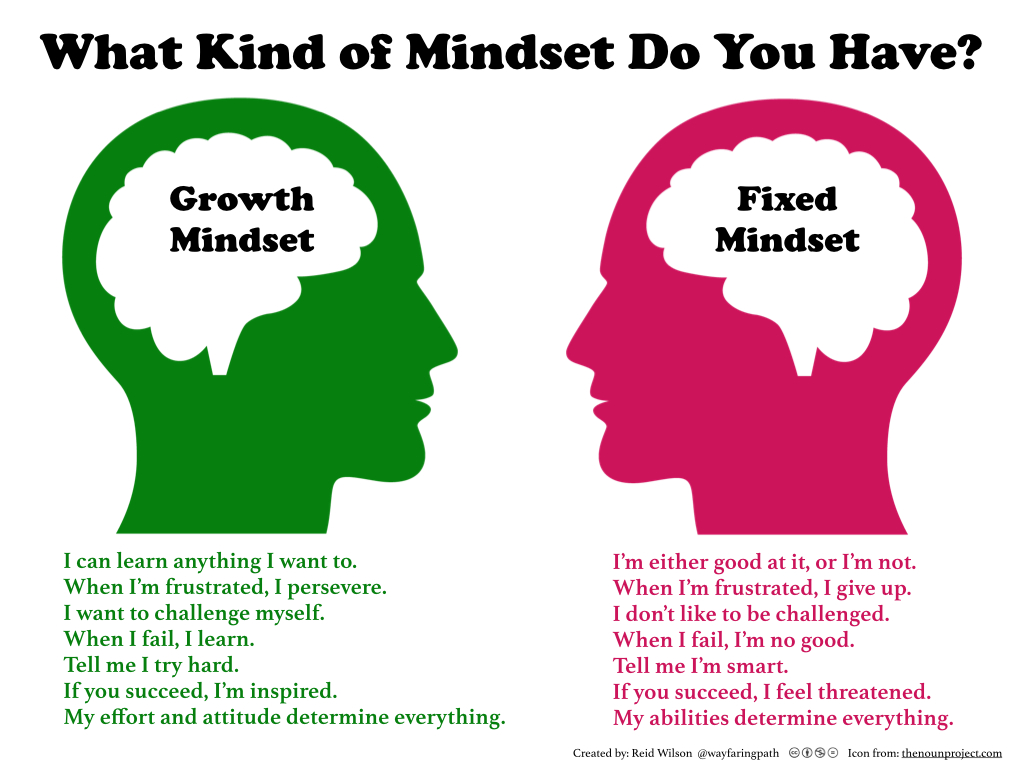We were ending our day, and I used a tool from the Entrepreneurial Operating System® to get feedback about our time together and actions to improve it for the next group. The simple question was:
How would you rate our time together from 1 (not valuable) to 10 (extremely valuable)?
When we got to Eric, he said 7.5. My follow-up question is standard, “Thanks for the feedback Eric. What could be done to make it an 8.5?” His response was quick, “I have been to a lot of these types of sessions and they can never be above a 7.5.”
In her book Mindset: The New Psychology of Success, author Carol Dweck shares her research that has identified fixed and growth mindsets. A fixed-mindset person is focused on looking good and proving their worth with effort. They excel at protecting and criticizing. A growth-mindset person is someone who sees potential as something that continues to be stretched and grown through challenges, learning through the difficult journey of delivering on a commitment. This person perceives a negative outcome as the first step to doing it better next time.
If you want to grow as an organization, fixed-mindset thinkers will be like an anchor to your ideas. It is a key leadership skill to accurately assess the mindset of your team. I use these two questions on the back of my team member fact sheet to help provide a glimpse into their mindset:
- What is the biggest behavioral change you ever made?
- What is the biggest mistake you have ever made and what did it teach you?
These are hard questions, but a growth-mindset person will appreciate the challenge. In my experience, a fixed-mindset person will either not answer or create a diversion through sarcasm or anger/frustration to allow the question to move on without providing a thoughtful answer.
The next key leadership skill is inviting a shift (fixed-mindset) or increasing the wisdom within the team (growth-mindset). Here is the question to invite that shift and increase the team wisdom:
- What wisdom would you be willing to share from that experience to help all of us get a little wiser?
Fixed-mindset people focus on protecting and proving, which ends up making them largely inward focused in their work. It is especially important in EOS® (Entrepreneurial Operating System®) companies to limit or eliminate fixed-mindset thinkers. Traction requires a growth-mindset.
Do you have any on your team?
What is your mindset?
My final point is that fixed-mindset is not equal to bad/mean person. Eric and I had a great conversation after the day together because we shared some professional experiences, and I found him easy to talk with. But if I am charged with growing or improving an organization, it is critical to have people who get excited about continuously improving work and creating stretch goals. The teams will be more successful without the Eric’s of the world.
What questions would you ask?
Tip: Read trUTips #8 to read about how to handle B players (or in this case, a B-player)

